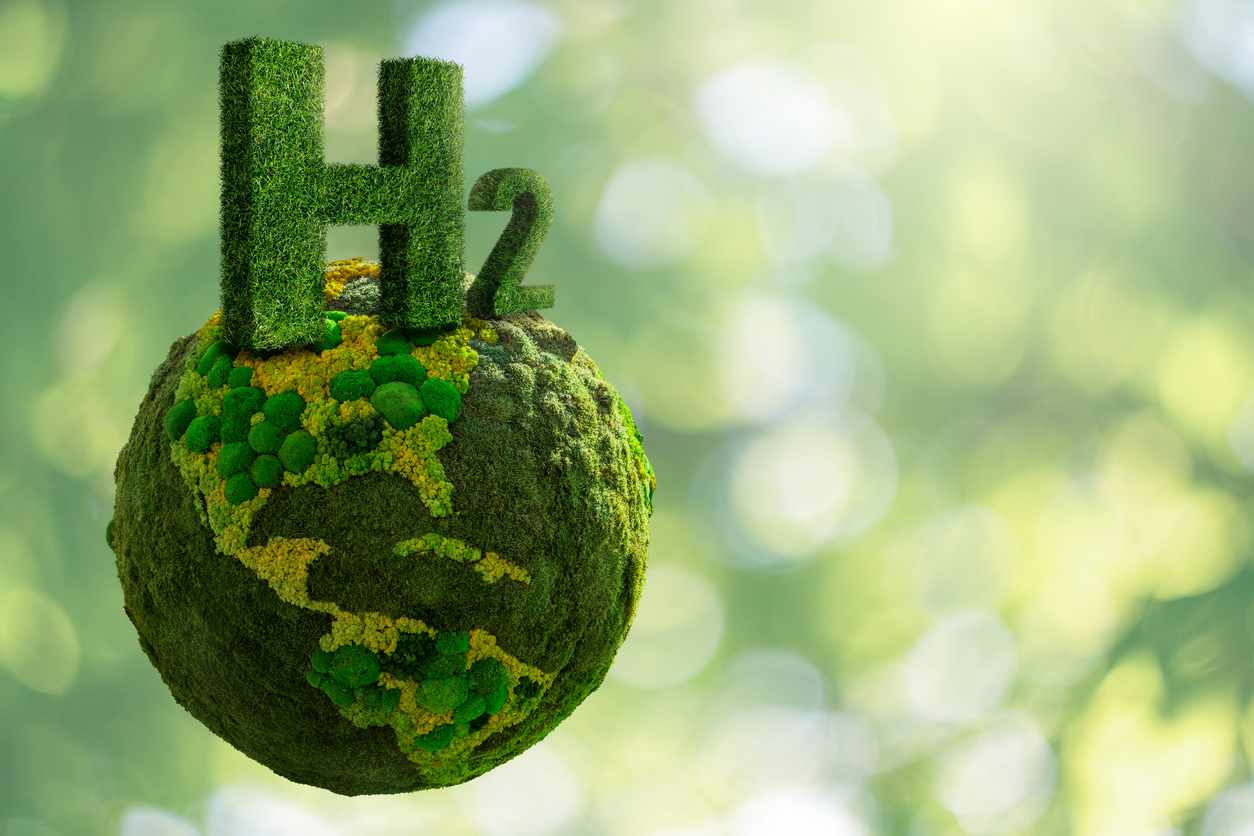
May 15, 2024
The Summit attracts around 15,000 delegates from across the world, highlighting its importance in the green hydrogen sector
India highlights advancements in green hydrogen with a delegation from multiple government sectors and private companies
Launched in January 2023, India's National Green Hydrogen Mission aims for 5 million tonnes of production capacity by 2030
India's green energy goals include a 45% reduction in emissions intensity and achieving 65% non-fossil energy reliance by 2030

India’s inaugural presence at the World Hydrogen Summit 2024 in Rotterdam, Netherlands, from May 13-15, marks a significant milestone. The India Pavilion is among the largest at the Summit, a testament to the country’s commitment to green hydrogen. This platform, organized by the Ministry of New and Renewable Energy, showcases India’s advancements in the sector.
The World Hydrogen Summit is a key event in the global green hydrogen sector, attracting around 15,000 delegates from across the globe. This pavilion allows India to highlight its advancements in green hydrogen. The Indian delegation includes representatives from the Ministry of New and Renewable Energy, the Department of Science and Technology, the Ministry of Railways, the Ministry of Petroleum and Natural Gas, and various private-sector companies. The Summit offers a platform for government-to-government interactions and enables Indian industry to connect with international companies.
India’s National Green Hydrogen Mission, launched in January 2023 with a budget of INR 19,744 crores, is a testament to the country’s commitment to green hydrogen. The mission aims to achieve a green hydrogen production capacity of 5 million tonnes by 2030. The Ministry of New and Renewable Energy has already issued tenders for 412,000 tonnes of green hydrogen production capacity and 1,500 MW of electrolyzer manufacturing capacity, demonstrating India’s progress towards its ambitious goals.
India relies heavily on fossil fuels for its energy needs, and green hydrogen is seen as a key component in reducing dependence on conventional energy sources. At COP26 in 2021, India made an ambitious “Panchamrit” pledge, which includes reaching 500 GW of non-fossil electricity capacity, sourcing 50% of its energy from renewables, and cutting emissions by 1 billion tonnes by 2030. The country also aims to reduce the emissions intensity of its GDP by 45% and achieve net-zero emissions by 2070. Currently, 44% of India’s energy comes from non-fossil sources, and this is expected to rise to 65% by 2030, exceeding the target set at COP26, according to Union Minister RK Singh.
Source: Economic Times